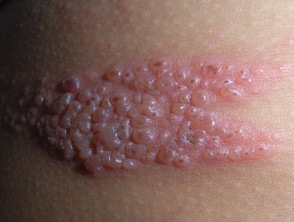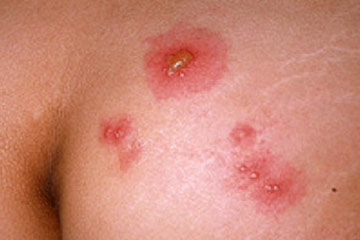Spread of Avian Influenza Viruses among Birds
Avian influenza viruses circulate among birds worldwide. Certain birds, particularly water birds, act as hosts for influenza viruses by carrying the virus in their intestines and shedding it. Infected birds shed virus in saliva, nasal secretions, and feces.
Susceptible birds can become infected with avian influenza virus when they have contact with contaminated nasal, respiratory, or fecal material from infected birds. Fecal-to-oral transmission is the most common mode of spread between birds.
Most often, the wild birds that are host to the virus do not get sick, but they can spread influenza to other birds. Infection with certain avian influenza A viruses (for example, some H5 and H7 strains) can cause widespread disease and death among some species of domesticated birds. (For more information, see "Low Pathogenic versus Highly Pathogenic Avian Influenza Viruses.")
Avian Influenza Outbreaks in Poultry
Domesticated birds may become infected with avian influenza virus through direct contact with infected waterfowl or other infected poultry, or through contact with surfaces (such as dirt or cages) or materials (such as water or feed) that have been contaminated with virus.
People, vehicles, and other inanimate objects such as cages can be vectors for the spread of influenza virus from one farm to another. When this happens, avian influenza outbreaks can occur among poultry.
Avian influenza outbreaks among poultry occur worldwide from time to time. Since 1997, for example, more than 16 outbreaks of H5 and H7 influenza have occurred among poultry in the United States. The U.S. Department of Agriculture ( http://www.aphis.usda.gov/lpa/issues/issues.html) monitors these outbreaks.
Low pathogenic forms of avian influenza viruses are responsible for most avian influenza outbreaks in poultry.
Such outbreaks usually result in either no illness or mild illness (e.g., chickens producing fewer or no eggs), or low levels of mortality.
When highly pathogenic influenza H5 or H7 viruses cause outbreaks, between 90% and 100% of poultry can die from infection. Animal health officials carefully monitor avian influenza outbreaks in domestic birds for several reasons:
- the potential for low pathogenic H5 and H7 viruses to evolve into highly pathogenic forms.
- the potential for rapid spread and significant illness and death among poultry during outbreaks of highly pathogenic avian influenza.
- the economic impact and trade restrictions from a highly pathogenic avian influenza outbreak.
- the possibility that avian influenza could be transmitted to humans.
When avian influenza outbreaks occur in poultry, quarantine and depopulation (or culling) and surveillance around affected flocks is the preferred control and eradication option.
.
Autor: Dr. Carlos Muñoz Retana
Actualizado: 4 de Enero, 2019






